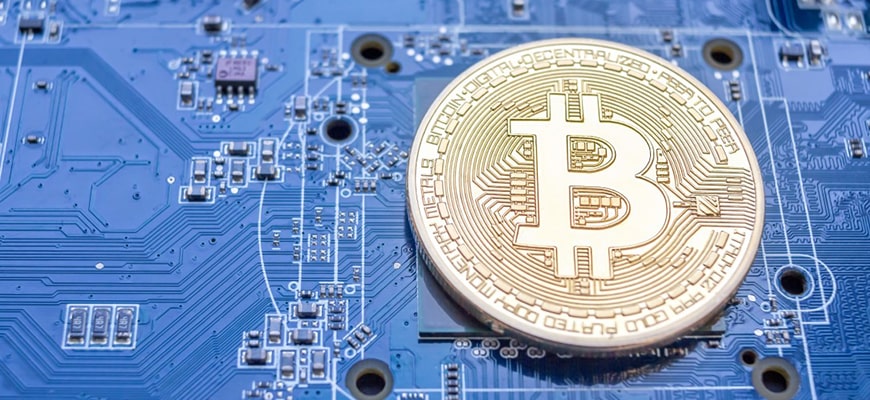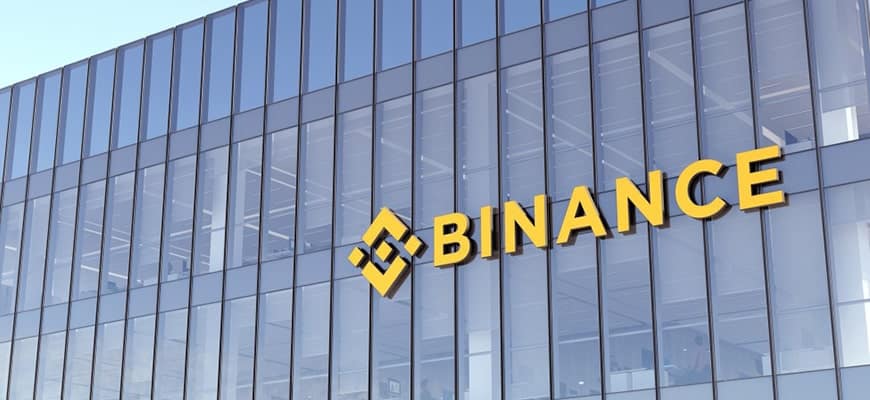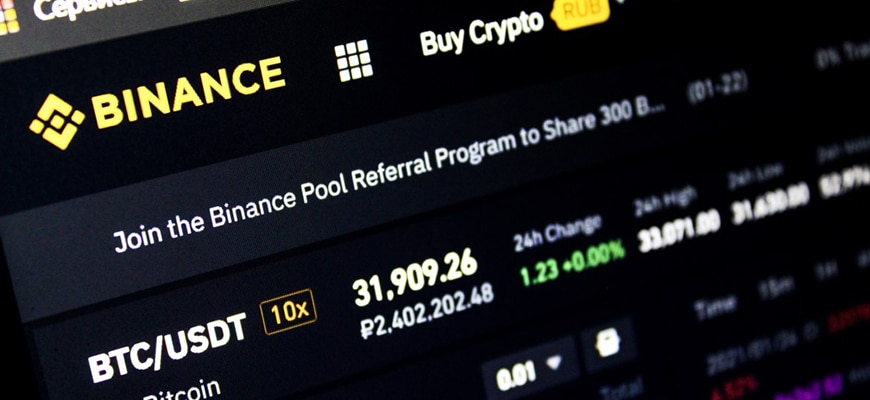Notarization on Blockchain is a notarisation that uses the intrinsic nature and benefits of blockchain technology to allow any user to create a timestamped artefact.
What is Notarization on Blockchain?
Blockchain is a global database that has no central authority to maintain and operate – it is decentralised. The technology allows for the secure recording of tamper-proof records that are time-stamped.
Blockchain typically expands block by block and uses cryptographic mechanisms to prevent any changes to past blocks. This means that it is impossible to change information that has already been recorded. If you can find a block in which a certain set of data has been written, it means that you can always and without doubt prove when and by whom that data was written. This is especially advantageous with a public blockchain – anyone can find the record they want, and you don’t need a third party to prove its validity. Blockchain itself acts as a third party, providing maximum technological transparency.
Another example is the transparency of the supply chain, the ability to track shipments and verify loading and unloading of ships or trucks, and the creation of electronic consignment notes.
An important area in which blockchain provides a natural superiority is in proving the authorship of a time-stamped record. Blockchain only stores public data. It only uses private data if someone has deliberately put it there. There is a cryptographically secure way for the author to prove he is the author at any given time, without having to disclose any confidential information. In all cases of notarisation (both in real life and on blockchain), it is important to know the author or the recipient. Blockchain solves this problem by simply using the essence of the technology.
Finally, once the ‘when’ and ‘who’ are proven, the ‘what’ needs to be proven. This refers to what is being verified – e.g. a song or a contract, etc. Blockchain is not very suitable for storing large amounts of data, but it doesn’t need to be. The whole file does not have to be stored in blockchain – mathematical methods can be used to create a unique ‘fingerprint’ for the data which cannot be faked. This fingerprint is very small and can be put on the blockchain at a reasonable cost. It captures ‘who’, ‘what’ and ‘when’ and is easy to use to verify.
Whether the actual notary or the actual beneficiary performs this task is irrelevant, the data is timestamped and authorised in either case.








